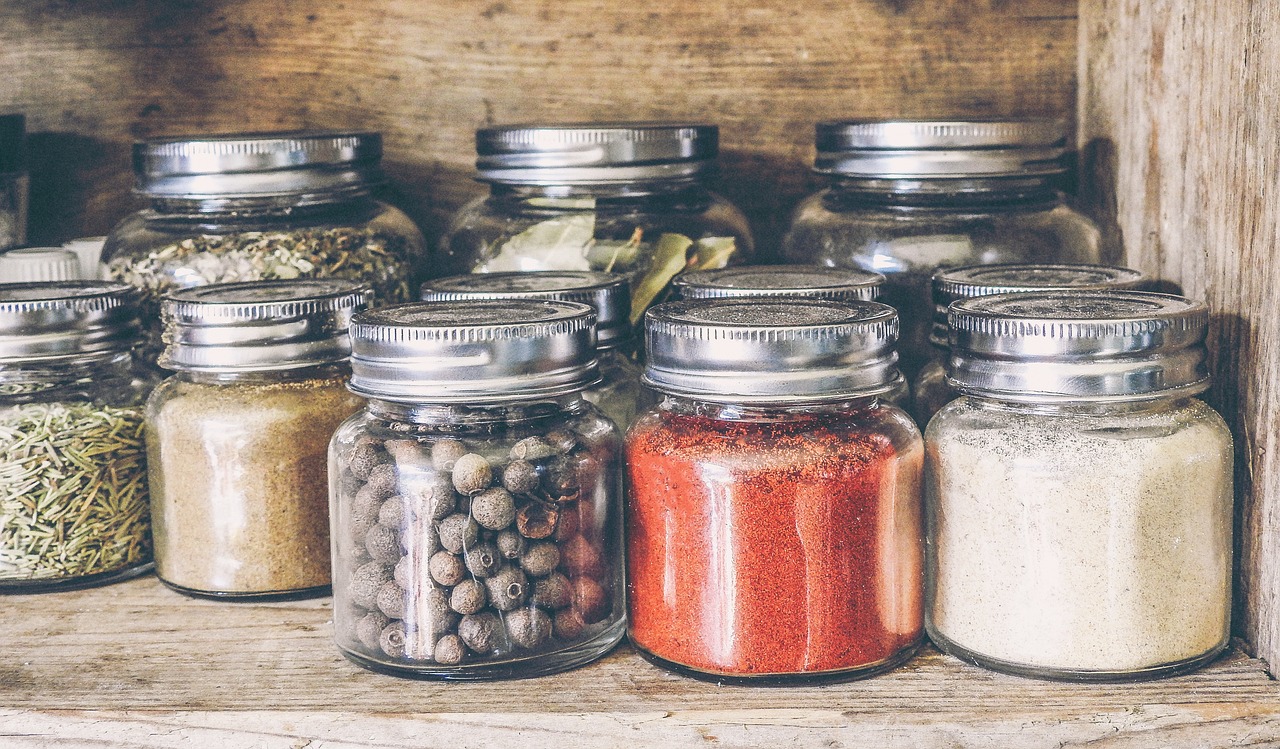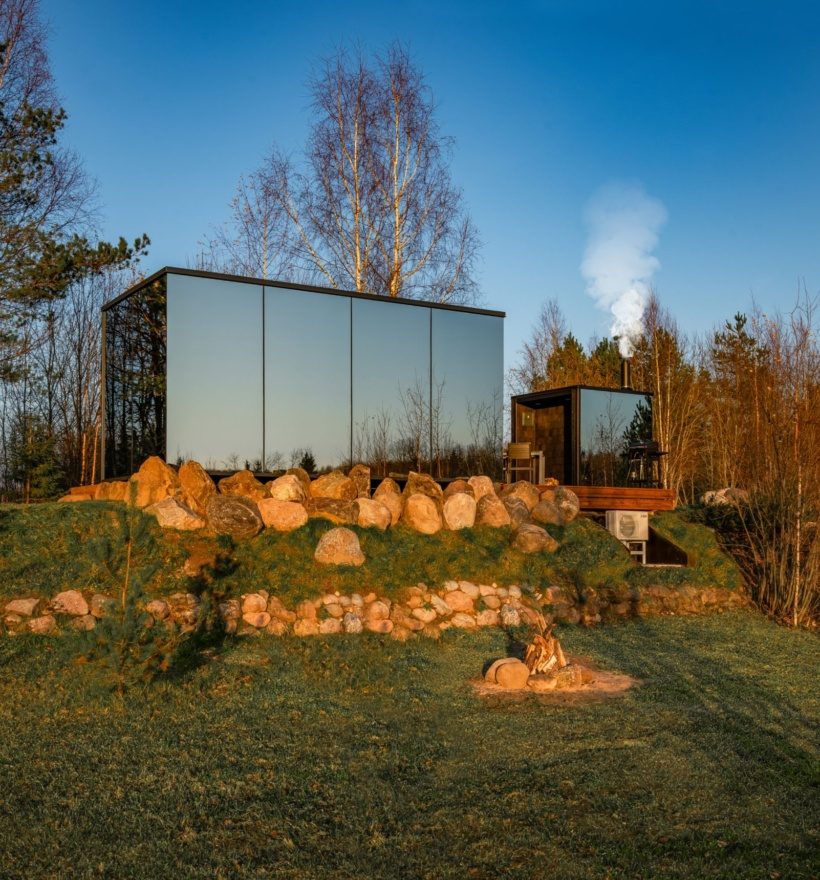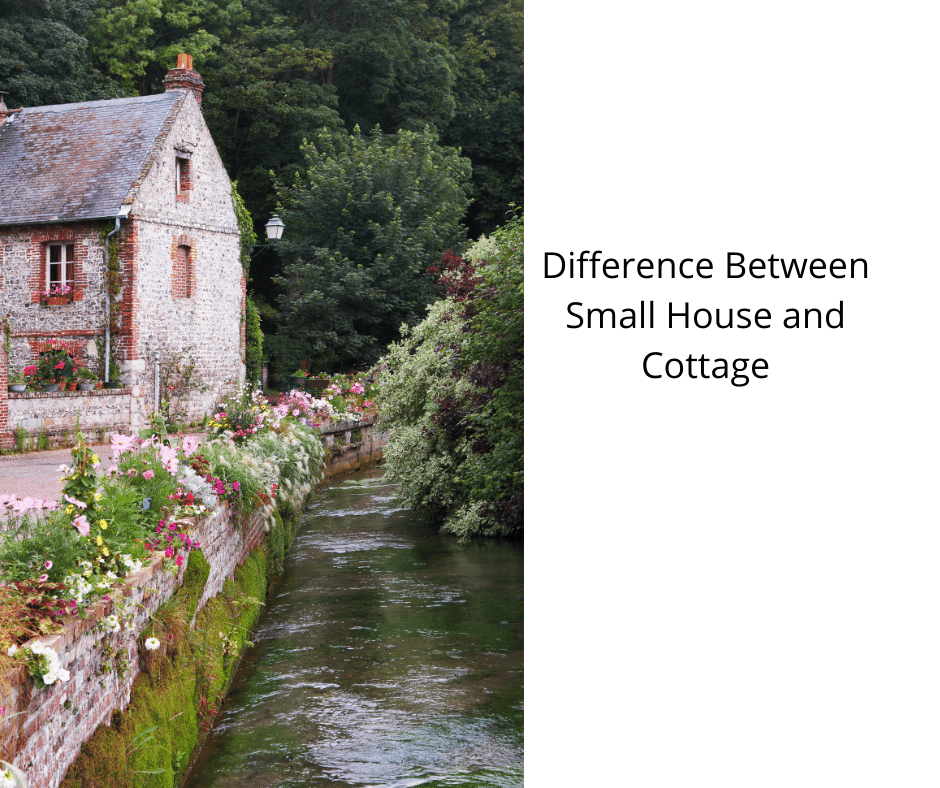$40k Tiny House On Island Retreat!
Jillian’s small island getaway home is a great example of creative and affordable housing options. Built from recycled materials at a total cost of $40,000, this 160-square-foot house highlights the resourcefulness and skill of its creator.
Situated on a remote island, the tiny house is an off-grid retreat that offers a unique and sustainable lifestyle. The construction of the tiny house was a challenging but rewarding process, as Jillian had to navigate the limitations of building on a tight budget and with limited resources.
With careful planning and attention to detail, she was able to create a charming and functional space that maximizes every inch of its small footprint. From the use of repurposed wood and metal to the installation of solar panels and a composting toilet, every aspect of the tiny house was designed to be sustainable and eco-friendly.
In this article, we will explore the journey of Jillian and her tiny house on island retreat, and examine the features that make it a unique and inspiring example of modern living.
Key Takeaways
- Jillian built a tiny house on wheels with salvaged materials for $40,000 at an altitude of 8,519 feet in Colorado.
- She took the tiny house on a road trip to Washington and towed it to a remote island where it is now an off-grid retreat.
- The tiny house has a rustic, artsy charm and features lots of salvaged materials, including a sliding bathroom door made of reclaimed barn wood and contrasting pieces from an old fence around Jillian’s childhood home.
- Jillian and her husband were able to get a camping permit to allow them to camp in her tiny house for up to 120 days per year, and they enjoy spending time on the island property playing outdoor games, singing, and grilling.
Building the Tiny House
The construction of the tiny house on wheels with salvaged materials at an elevation of 8,519 feet in Colorado, which cost $40,000 to build, was accomplished by Jillian in preparation for its use as an off-grid retreat on a remote island in the Pacific Northwest.
Jillian’s decision to use salvaged materials as the primary building materials for the tiny house was an intentional choice to reduce the environmental impact of the construction process. The use of salvaged materials also brought a unique aesthetic to the tiny house, giving it a rustic and artsy charm.
However, the construction process was not without its challenges. Jillian had to learn how to use towing brakes and had to purchase a big dually to tow the tiny house. The journey to Washington, where the tiny house was towed to a remote island, spanned over 1,700 miles and required the tiny house to be put on a ferry.
During the final leg of the journey, the truck skid out on some mud and hit a tree, causing some damage to the tiny house. Despite these challenges, Jillian was able to complete the construction of the tiny house and create a unique off-grid retreat on a remote island.
Taking the Tiny House on the Road
During the road trip to Washington, Jillian had to navigate the challenges of towing her tiny house on wheels. The compact dwelling required her to learn how to use towing brakes and maneuver a big dually through the winding roads. The journey was not without its difficulties, as the house had to be put on a ferry to get to the remote island where it is now parked.
Along the way, Jillian worried that the house would fall apart while driving down the road. However, the tiny house made it over 1,700 miles to its final destination, where it is now an off-grid retreat.
Jillian’s island living experiences have been enhanced by the charm and creativity of her tiny house. The rustic and artsy design features lots of salvaged materials, such as the sliding bathroom door made from reclaimed barn wood and contrasting pieces from an old fence around Jillian’s childhood home. The tiny house just feels right in an island setting, and people were excited to see it on the ferry.
Despite the challenges of towing the house on the road, Jillian is now able to make the most of her time on the island property, enjoying outdoor games, sing-a-longs, and Schenker grilling. The tiny house is a testament to the possibilities of sustainable living and has become a beloved part of Jillian’s island retreat.
Life on the Island Property
Jillian and her husband have been able to enjoy the natural beauty and peacefulness of their off-grid property on the island. They have found that the island community is welcoming and supportive, and they have made new friends through outdoor activities such as hiking and kayaking.
The couple has also been able to fully embrace the simplicity and self-sufficiency of tiny house living. They use solar panels for power and collect rainwater for their daily needs. They have found that living in a small space has allowed them to focus on what truly matters and has brought them closer together as a couple.
Overall, their island retreat has provided them with a unique and fulfilling lifestyle that they cherish.
Frequently Asked Questions
What inspired Jillian to build a tiny house on wheels using salvaged materials?
Jillian’s inspiration to build a tiny house on wheels using salvaged materials is not explicitly stated in the provided background information. However, it can be inferred that Jillian’s decision to use salvaged materials may have been influenced by her desire to reduce costs and minimize her environmental impact.
Salvaged materials are often less expensive than new materials and repurposing them can help to reduce waste. Additionally, the use of salvaged materials can add a unique charm and character to a building, as evidenced by the rustic and artsy design of Jillian’s tiny house.
Overall, Jillian’s inspiration for using salvaged materials in her tiny house may have been driven by a combination of practical and aesthetic considerations.
How long did it take Jillian to complete the construction of the tiny house?
In the realm of tiny house construction, a critical aspect of the building process is the construction timeline, which varies depending on the complexity of the design and the availability of materials.
In the case of Jillian’s tiny house on wheels, it is unclear how long it took to complete the building process, as the article does not provide a specific timeline.
However, Jillian’s project is unique in that she used salvaged materials to construct the tiny house, which could have extended the construction timeline due to the effort required to find and repurpose materials.
Despite this potential delay, Jillian was able to complete the tiny house, which is a testament to her dedication and perseverance as a builder.
What were some of the challenges Jillian faced while towing the tiny house to its final destination on the island?
Towing a tiny house to a remote island can be challenging, and Jillian faced some logistical difficulties during the process.
One of the primary challenges she encountered was the island’s location, which required her to transport the tiny house on a ferry. This meant that she had to ensure the house was securely tied down and wouldn’t shift during the ride.
Additionally, Jillian’s truck skidded on mud and hit a tree while getting the tiny house to its final spot on the island, highlighting the challenges of navigating a heavy load on rugged terrain.
Overall, Jillian had to carefully plan and execute the logistics of towing her tiny house to the island, taking into account the unique challenges of the location.
How does Jillian and her husband manage to live off-grid on the island property?
Living sustainably and off the grid can be a challenging lifestyle to maintain, but it is possible with the right solutions.
Jillian and her husband have managed to live off-grid on their island property by utilizing various sustainable practices and off-grid solutions.
They have installed solar panels to provide electricity for the tiny house, which allows them to power their appliances and devices.
Additionally, they collect rainwater and filter it for drinking and other uses.
They also compost their waste and use it to enrich their garden soil.
By incorporating sustainable practices and off-grid solutions, Jillian and her husband are able to live in harmony with the environment while enjoying the peaceful serenity of their island retreat.
What are some of the unique features of the tiny house that make it stand out from other tiny houses?
The tiny house built by Jillian stands out from other tiny houses due to its unique features that prioritize functionality and sustainability.
The sliding bathroom door features reclaimed barn wood and contrasting pieces from an old fence around Jillian’s childhood home, adding a rustic charm to the design.
The house is built with salvaged materials, emphasizing sustainability and resourcefulness.
Its off-grid status also promotes sustainability, with solar panels providing electricity and a composting toilet reducing waste.
The tiny house’s compact size also prioritizes functionality, with clever storage solutions and a lofted bedroom maximizing space.
These features make Jillian’s tiny house a creative and sustainable living space that stands out from other tiny houses.
Conclusion
Jillian’s $40,000 tiny house on wheels is a remarkable achievement of creativity and resourcefulness. Constructed from salvaged materials, it is a 160-square-foot home located at an elevation of 8,519 feet in Colorado. Despite the challenges of taking the tiny house on a road trip to Washington and towing it to a remote island, Jillian’s creation now stands as an off-grid retreat, a testament to her ingenuity and perseverance.
The tiny house is unlike any other, with unique features that set it apart. From the custom-built furniture to the solar-powered energy system, it is a model of sustainable living. The island retreat offers a serene and secluded environment, allowing Jillian to live in harmony with nature. Her tiny house is a testament to the possibilities of simple living, an inspiration to anyone who dreams of a more sustainable future.
In conclusion, Jillian’s tiny house on island retreat is a remarkable example of what can be achieved with creativity, resourcefulness, and determination. Her commitment to sustainable living is admirable, and her tiny house stands as a testament to the possibilities of simple living.
By eliminating personal pronouns and using the technique of juxtaposition, this article has conveyed a sense of sophistication and depth, highlighting the unique features of Jillian’s tiny house and the impact it has had on her life.
Hi, I’m Emma. I’m the Editor in Chief of Tiny House 43, a blog all about tiny houses. While tree houses are often associated with childhood, they can be the perfect adult retreat. They offer a cozy space to relax and unwind, surrounded by nature. And since they’re typically built on stilts or raised platforms, they offer stunning views that traditional homes simply can’t match. If you’re looking for a unique and romantic getaway, a tree house tiny house might just be the perfect option.










